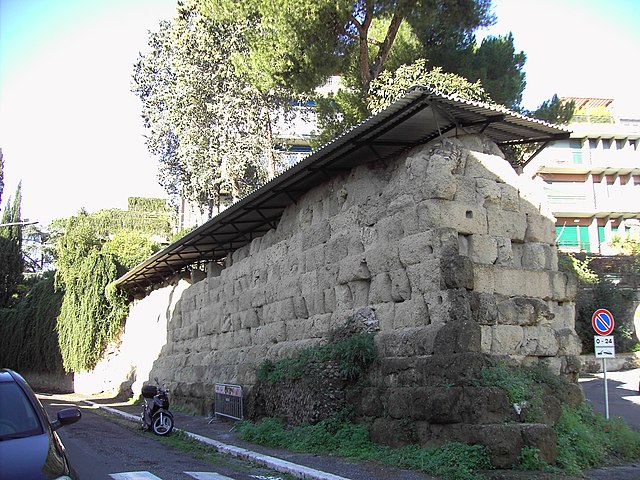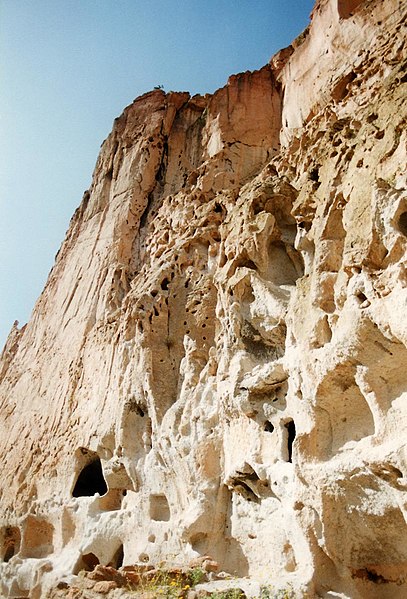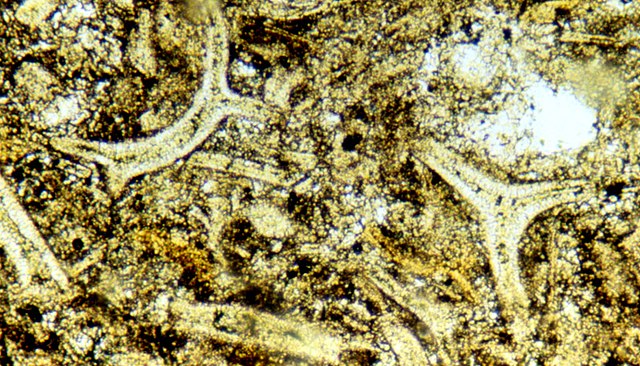The Servian Wall is an ancient Roman defensive barrier constructed around the city of Rome in the early 4th century BC. The wall was built of volcanic tuff and was up to 10 m (33 ft) in height in places, 3.6 m (12 ft) wide at its base, 11 km (6.8 mi) long, and is believed to have had 16 main gates, of which only one or two have survived, and enclosed a total area of 246 hectares. In the 3rd century AD it was superseded by the construction of the larger Aurelian Walls as the city of Rome grew beyond the boundary of the Servian Wall.
A preserved section of Servian Wall next to Termini railway station.
The Porta Esquilina was originally a gateway in the Servian Wall. In the later Roman Empire, it became known as the arch of Gallienus and was the starting point of the via Labicana and via Tiburtina.
The Servian Wall at Via di Sant Anselmo
in the Piazza Manfredo Fanti
Tuff is a type of rock made of volcanic ash ejected from a vent during a volcanic eruption. Following ejection and deposition, the ash is lithified into a solid rock. Rock that contains greater than 75% ash is considered tuff, while rock containing 25% to 75% ash is described as tuffaceous. Tuff composed of sandy volcanic material can be referred to as volcanic sandstone.
Cliff face of welded tuff pockmarked with holes — some natural, some man-made from Bandelier National Monument, New Mexico
Etruscan tuff blocks from a tomb at Banditaccia
A house constructed of tuff blocks in Germany
Light-microscope image of tuff as seen in thin section (long dimension is several mm): The curved shapes of altered glass shards (ash fragments) are well preserved, although the glass is partly altered. The shapes were formed about bubbles of expanding, water-rich gas.








